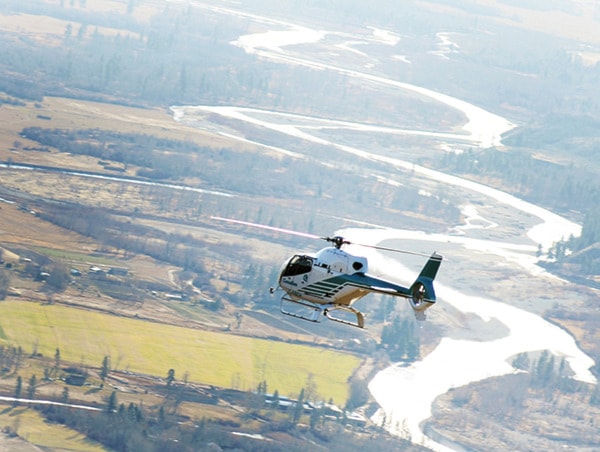Residents of the South Okanagan Valley have been hearing about the pros and cons of a South Okanagan Similkameen National Park fairly intensely for about 13 years with Parks Canada spending much of that time doing a feasibility study of the park concept.
 The Okanagan First Nations spent more than a year doing their own feasibility study. However, the provincial government pulled out of the park study group in December, 2011 saying there was insufficient support for a park. A recent Freedom of Information request by the Osoyoos Times revealed that in fact the cabinet had made the decision to pull out of the talks in January 2011 but kept that decision secret for just about one year.
The Okanagan First Nations spent more than a year doing their own feasibility study. However, the provincial government pulled out of the park study group in December, 2011 saying there was insufficient support for a park. A recent Freedom of Information request by the Osoyoos Times revealed that in fact the cabinet had made the decision to pull out of the talks in January 2011 but kept that decision secret for just about one year.
Since then the provincial government has been adamant in its opposition to a national park. Local MLA Linda Larson said only one year ago that she couldn’t understand why park supporters insist on “flogging a dead horse.” She went on to say that tourism wasn’t that important and she would much rather have ranchers than tourists.
However, on Aug. 13 the provincial government released what it called an intentions paper titled Protected Areas framework for British Columbia’s South Okanagan. The “dead horse” seems to have gained new life, at least temporarily. The intentions paper proposes that the level of protection be significantly upgraded for three areas of the South Okanagan — basically all of the area proposed by Parks Canada for a park plus some additional areas. In fact they suggest that two of the three areas be considered by Parks Canada for a national park. How original!
While the intent of the province opens the door to a renewed conversation about the possibility of giving some of our rarest landscape national park status, there is a great deal about this intentions paper that smells very fishy to me. I don’t think it is a coincidence that the paper was released just two weeks after a federal election campaign got underway and with no advertising of the concept to the public. No open houses or information sessions were scheduled for the public to become informed or ask questions on this very important land use issue. In addition, only 60 days is being allowed for public comment so anyone wishing to comment must do so by Oct. 12.
Not only are we in the midst of a federal election, but school is just starting up and agricultural people are tied up with fruit and grape harvesting. The park issue has been around for at least 13 years — why the big rush now to get public comment within 60 days. In addition, the government has provided seven questions for the public to consider in responding to the intentions paper. To my mind, the questions are so generalized and require so much specialized knowledge of the areas in question that very few people, me included, are in a position to provide a meaningful response.
The government has requested that all public comment be submitted by way of their website and using only their questions. There seems to be no provision for people without internet access to be involved. A suspicious mind might think it is a ploy by the provincial government to keep comments to a minimum.
In discussing whether some of the area should become a national park, the intentions paper appears to put so many conditions on the park proposal that the same suspicious mind might conclude that the provincial government is actually hoping Parks Canada will find the proposal unacceptable and then the provincial Liberals can blame Parks Canada for there not being a South Okanagan National Park.
I really hope I’m wrong about all of this.
Bob Handfield is a columnist for the Western News and past-president of the South Okanagan Naturalists’ Club but the views expressed here are his own and not necessarily those of the Club.
